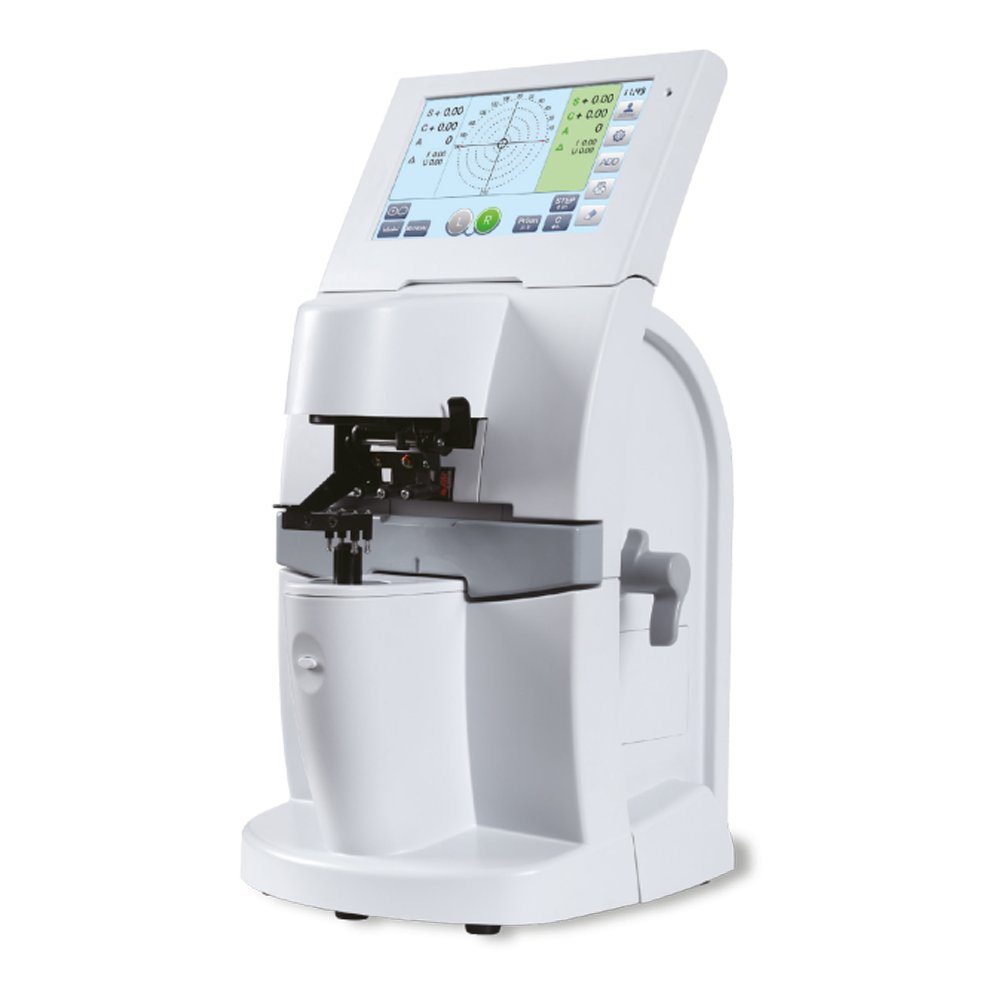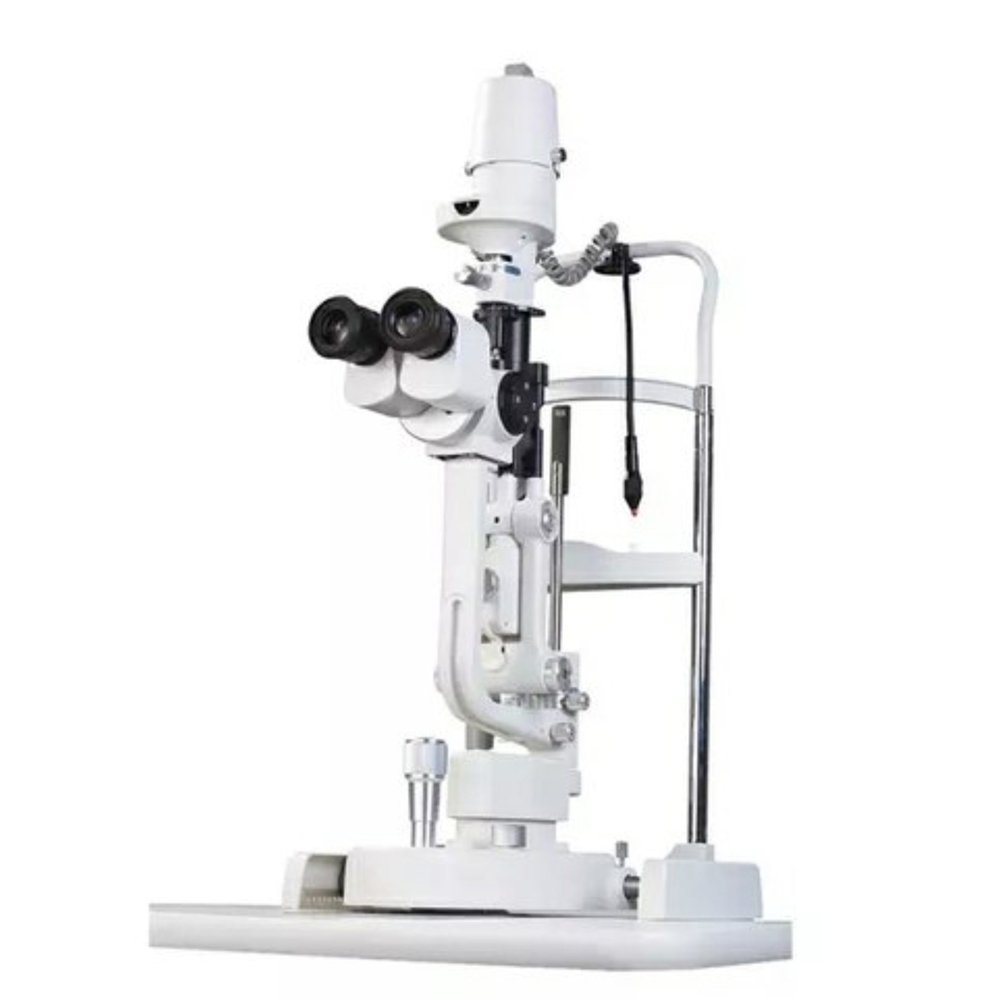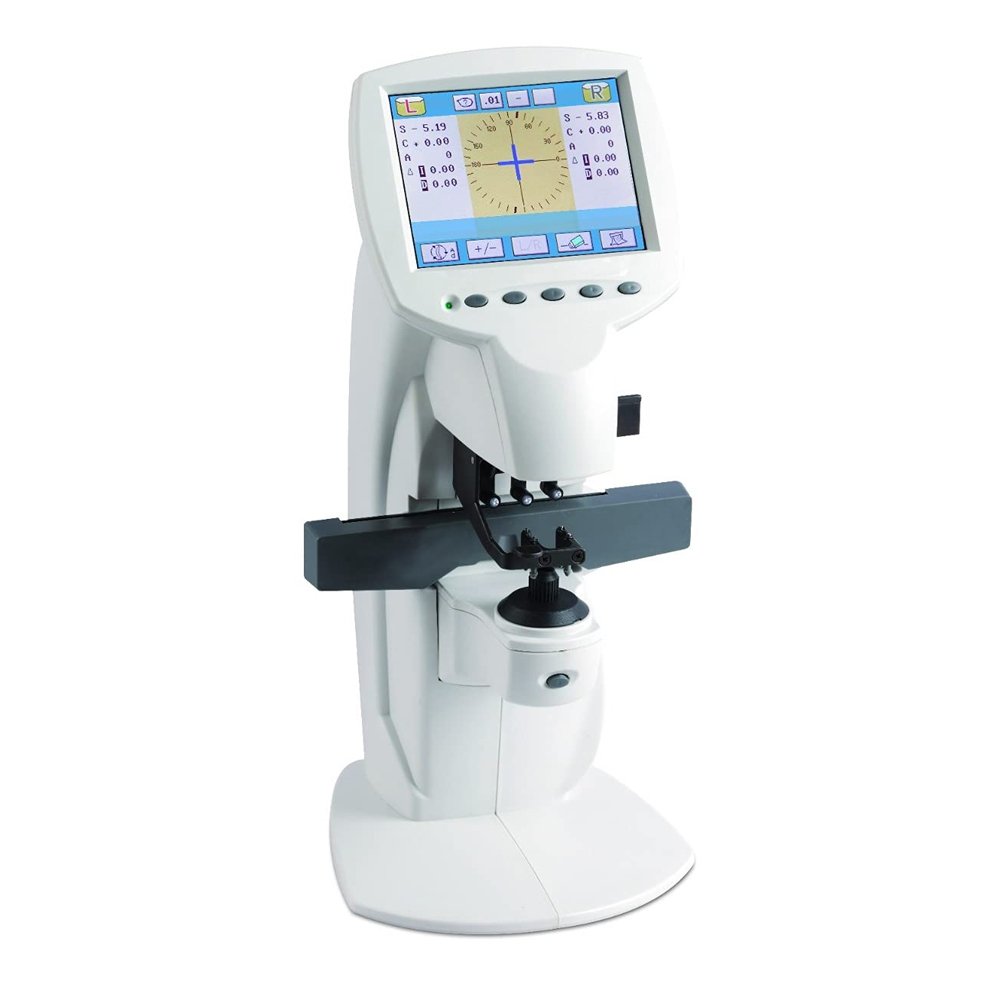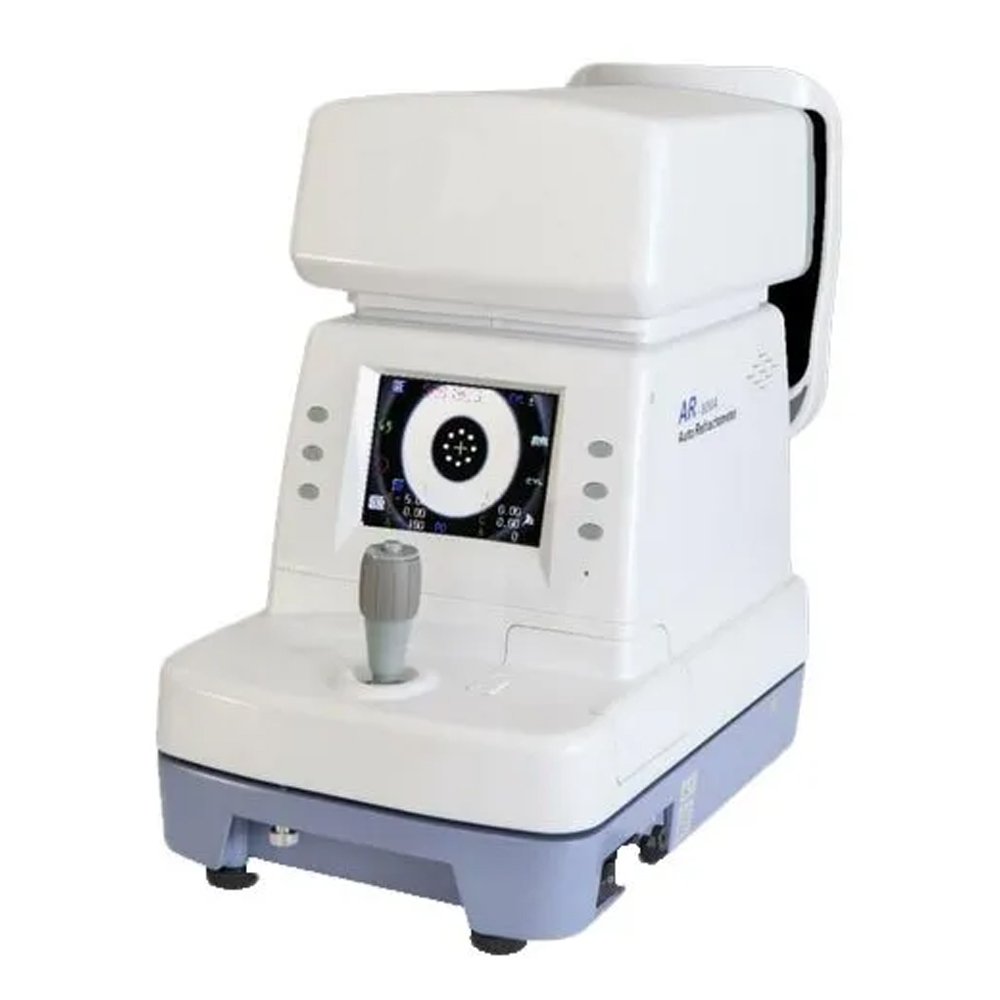Frame Compatibility:
This technique is often employed for frames that have minimal or no surrounding rims, such as rimless and semi-rimless frames.
Traditional full-rim frames may not require lens drilling or slotting.
Lens Material:
The process is applicable to a variety of lens materials, including plastic, polycarbonate, high-index, and other materials commonly used in eyeglass lenses.
Drilling Holes:
Drilling involves creating precise holes in the lens material. These holes are strategically positioned to match the frame’s design and accommodate the mounting screws.
Slotting:
Slotting, on the other hand, involves creating narrow slots or grooves in the lens, providing an alternative method for mounting the lens onto the frame.
Slots are designed to securely hold the lens in place without the need for conventional drilled holes.
Mounting Screws:
After drilling or slotting, the lenses are typically attached to the frame using specialized mounting screws.
These screws pass through the drilled holes or slots and secure the lens to the frame.
Aesthetic Considerations:
Lens drilling and slotting contribute to the aesthetic appeal of rimless and semi-rimless frames by minimizing the visibility of mounting hardware.
This design choice often results in a more minimalist and lightweight appearance.
Durability:
Properly executed lens drilling and slotting processes ensure the durability and longevity of the eyeglass frame.
The holes or slots are engineered to withstand the stresses associated with everyday use.
Precision:
Precision is crucial in lens drilling and slotting to ensure accurate alignment with the frame.
Modern technology and machinery enable highly precise and repeatable results.
Customization:
Lens drilling and slotting can be customized based on the specific frame design and the preferences of the wearer.
Custom patterns and configurations may be employed for decorative or functional purposes.
Frameless Design:
The use of lens drilling and slotting is especially prevalent in frameless or nearly frameless designs, where the focus is on showcasing the lenses rather than the frame.
Specialized Equipment:
Optical laboratories and manufacturers utilize specialized drilling and slotting equipment to achieve accurate and consistent results.
Quality Control:
Rigorous quality control measures are applied to ensure that drilled or slotted lenses meet industry standards for safety, strength, and precision.






Reviews
There are no reviews yet.